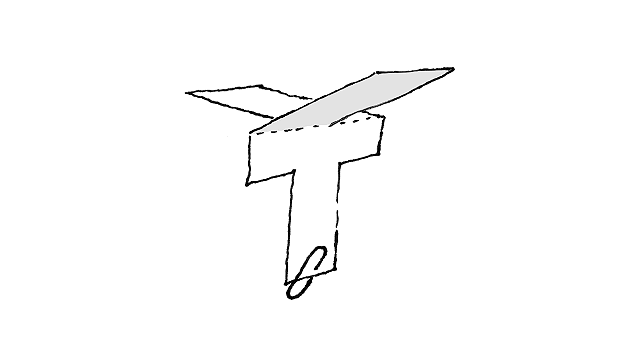[vc_row css_animation=”” row_type=”row” use_row_as_full_screen_section=”no” type=”full_width” angled_section=”no” text_align=”left” background_image_as_pattern=”without_pattern”][vc_column][vc_column_text]Learn to make a simple flying toy that provides lots of opportunities to explore science!
Here’s What You Need
- Sheet of Paper
- Paperclips
- Scissors (optional)
 Here’s What You Do
Here’s What You Do
We will use the template on the left to build your helicopter. The solid lines indicate cuts/tears. The dotted lines indicate folds. After cutting along all the solid lines, fold flap A toward you and flap B away from you. Fold flap C and flap D so that they overlap. Finally, fold up the bottom of your helicopter.
Now that you have built your helicopter, it is time to launch it. There are a couple of ways to do this. First, you can hold the helicopter by the C/D flap and throw it into the air. It will spin to the floor. You can also drop the helicopter from while standing on a chair or any other high point. If you use this method, make sure you ask a grown-up for help.
Once you’ve played with the helicopter for a bit, try designing some simple experiments. For example, place a paperclip on the bottom of the helicopter and launch it. Did anything change? Try attaching more paperclips in different parts of the helicopter. How do these changes affect the way the helicopter flies? Experiment with other changes (i.e. shape of the wings, number of wings, number of paperclips, etc).
The Science Behind the Helicopter
When the helicopter falls through the air, the air pushes against the wings and causes them to bend upwards. Scientists call this push a force. When air pushes against the slanted wing, it creates a sideways or horizontal force on the wing. Because there are two blades, each blade gets pushed by the air…in opposite directions. This causes the helicopter to spin.
When you drop the helicopter, you will notice that it spends in a certain direction; clockwise or counterclockwise. The direction the helicopter spins depends on the wings. Change the way the wings are bent. If flap A is bent toward you and flap B is bent away from you, bend flap A away from you and flap B toward you. Launch your helicopter again and observe which way it spins. Notice anything interesting?
Fast Fact
The word ‘Helicopter’ comes from the French word ‘hélicoptère’ which is derived from the Greek words ‘helix/helik’ (which means ‘twisted / curved’) and ‘pteron’ (which means ‘wing’).
[/vc_column_text][/vc_column][/vc_row]

















